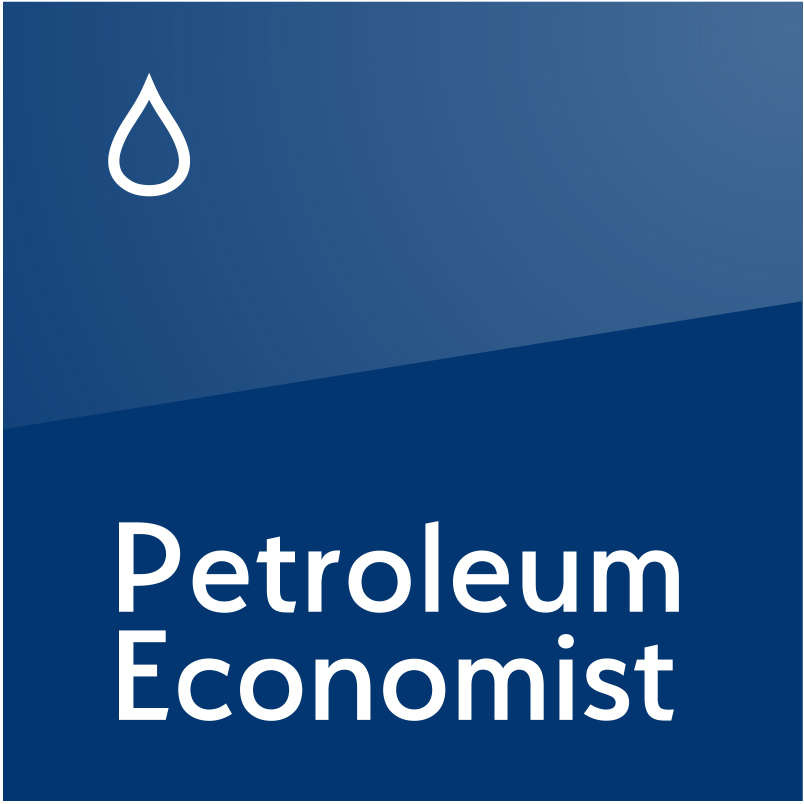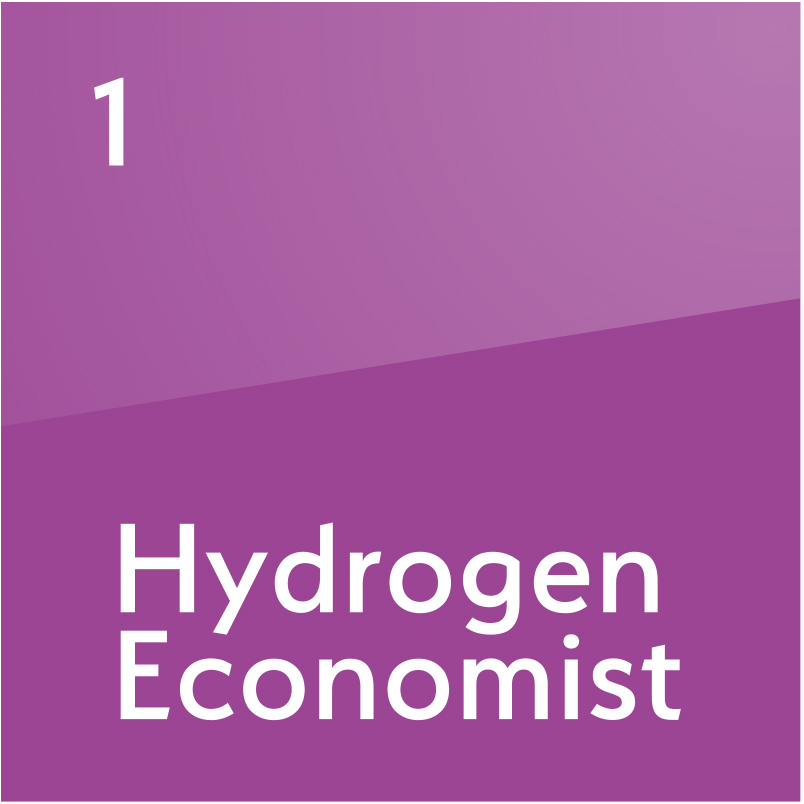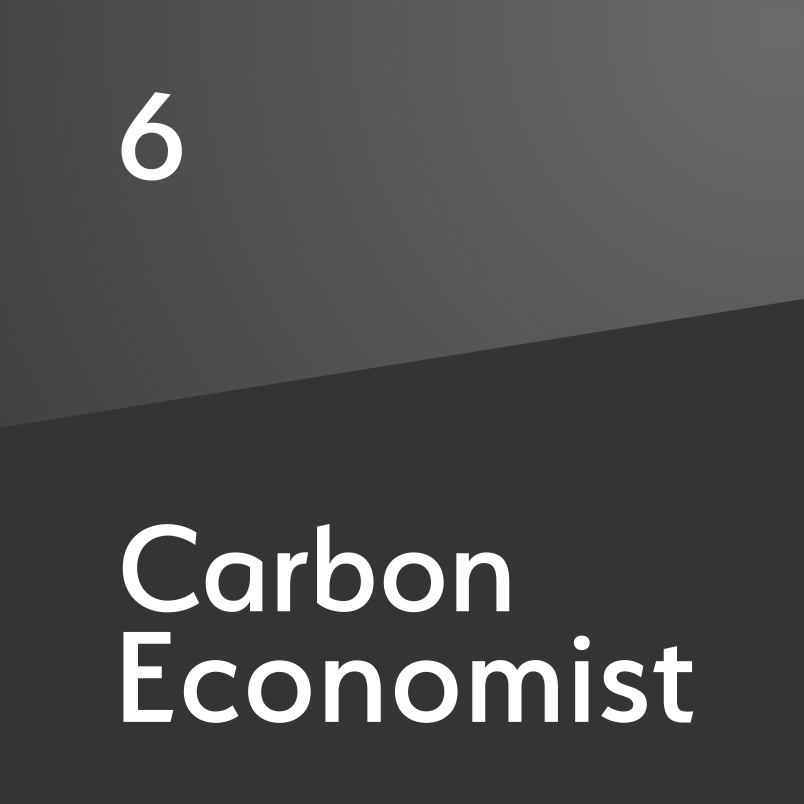Red tape stifles US carbon pipeline ambitions
Federal and state funding for CO₂ pipeline projects to spur the development of CCUS is meaningless if obstructive regulation prevents projects from getting off the ground
The US may already host by far the largest system of CO₂ pipelines in the world, but developers face an uphill struggle to get new projects off the ground. The uncertain and obstructive regulatory landscape that led to the demise ten months ago of Heartland Greenway, which had been one of the country’s largest planned CO₂ pipeline networks, has seen little improvement since. On top of the excess red tape, developers are contending with opposition to CCUS from both sides of the political aisle, the thorny issue of private land rights and safety fears among the public. “What we have now is an administration that wants to give all this funding away for infrastructure development, but at t

Also in this section
10 December 2025
Net zero is not the problem for the UK’s power system. The real issue is with an outdated market design in desperate need of modernisation
28 November 2025
The launch of the bloc’s emissions trading system in 2005 was a pioneering step, but as the scheme hits 21 its impact as a driver of decarbonisation is still open to debate
18 November 2025
Vicki Hollub, president and CEO of Occidental, has been selected as the 2026 recipient of the Dewhurst Award, the highest honour bestowed by WPC Energy. The Dewhurst Award celebrates exceptional leadership, groundbreaking innovation and a lifetime of significant achievements in sup-port of the development and advancement of the energy industry.
11 November 2025
Transition policies must recognise that significant industrial demand for carbon will continue even as economies hit net zero







